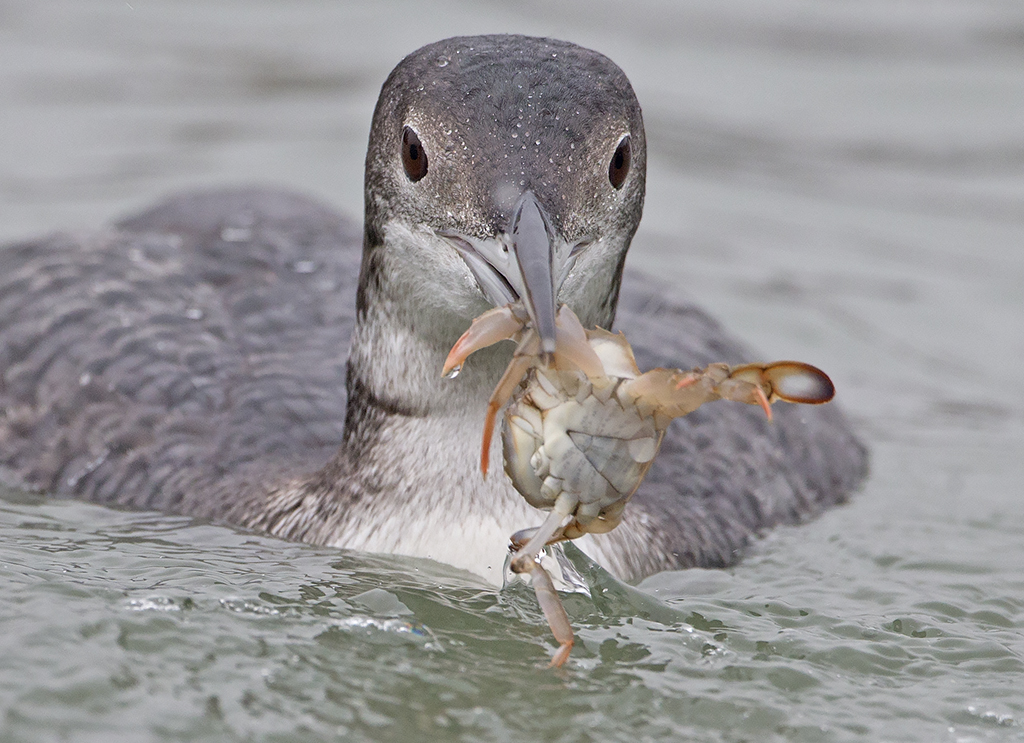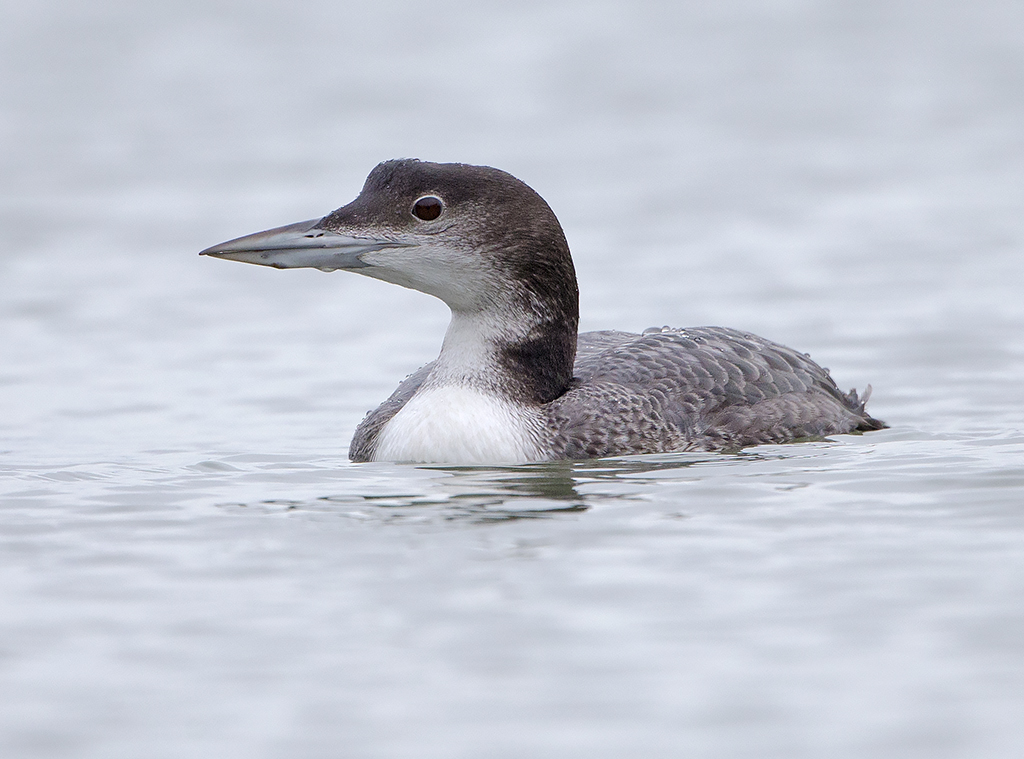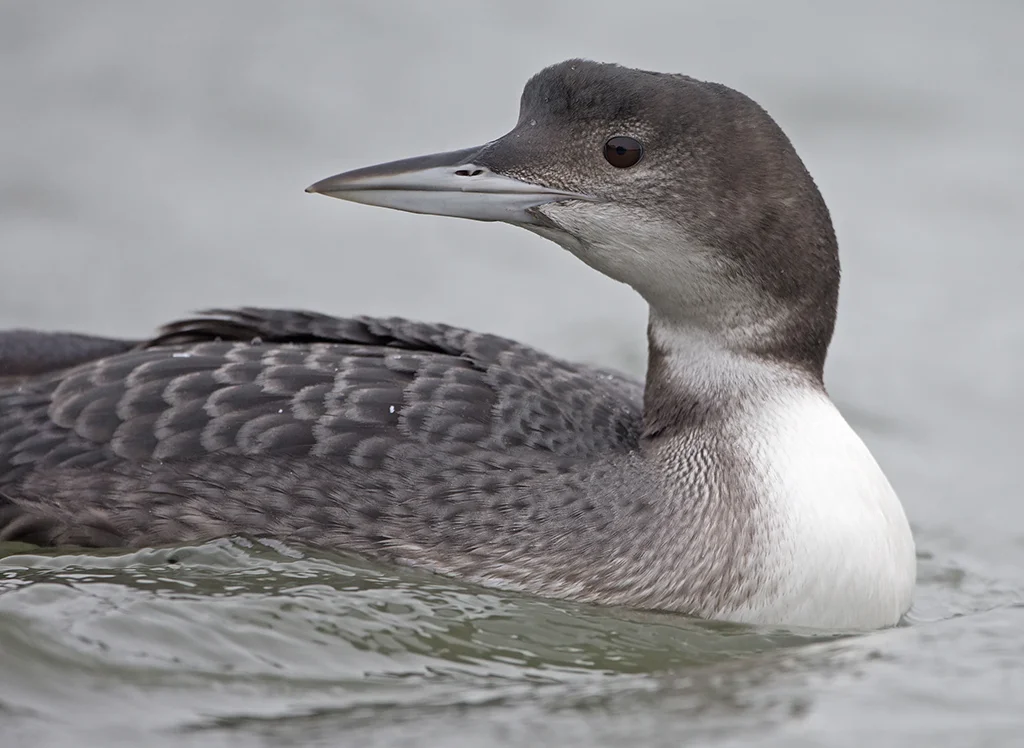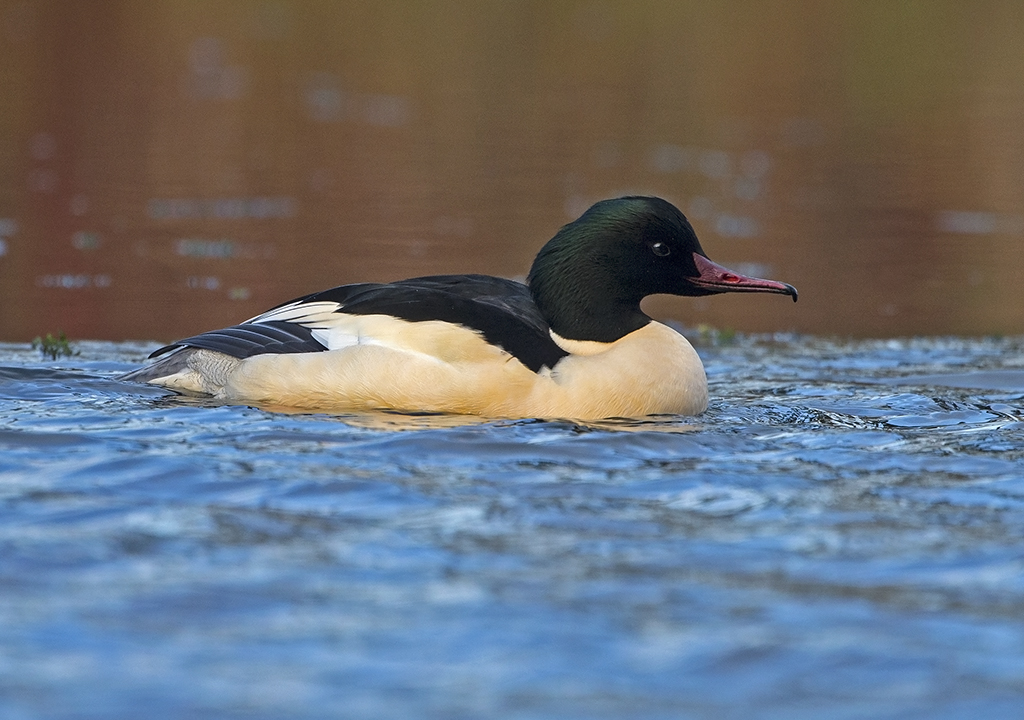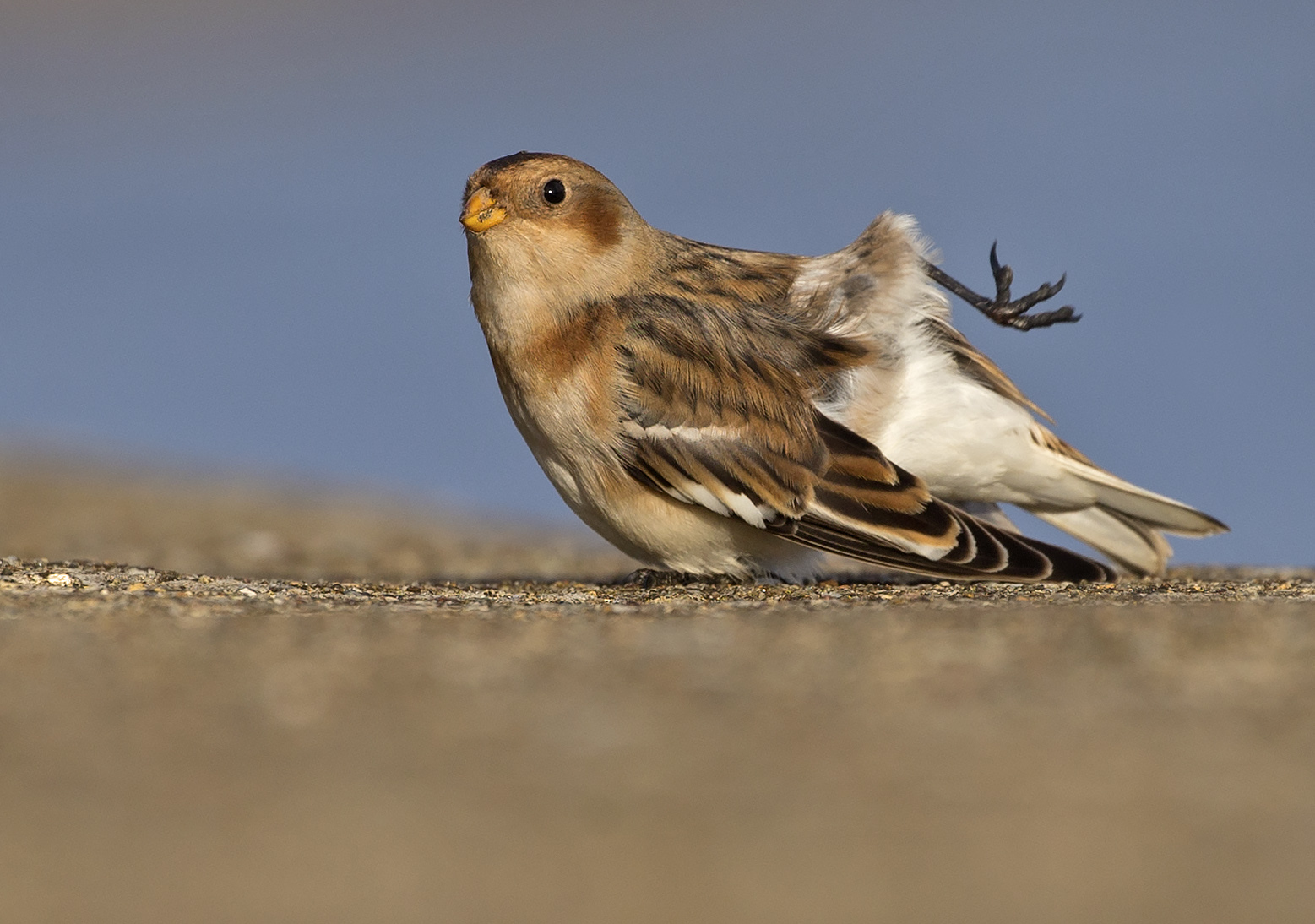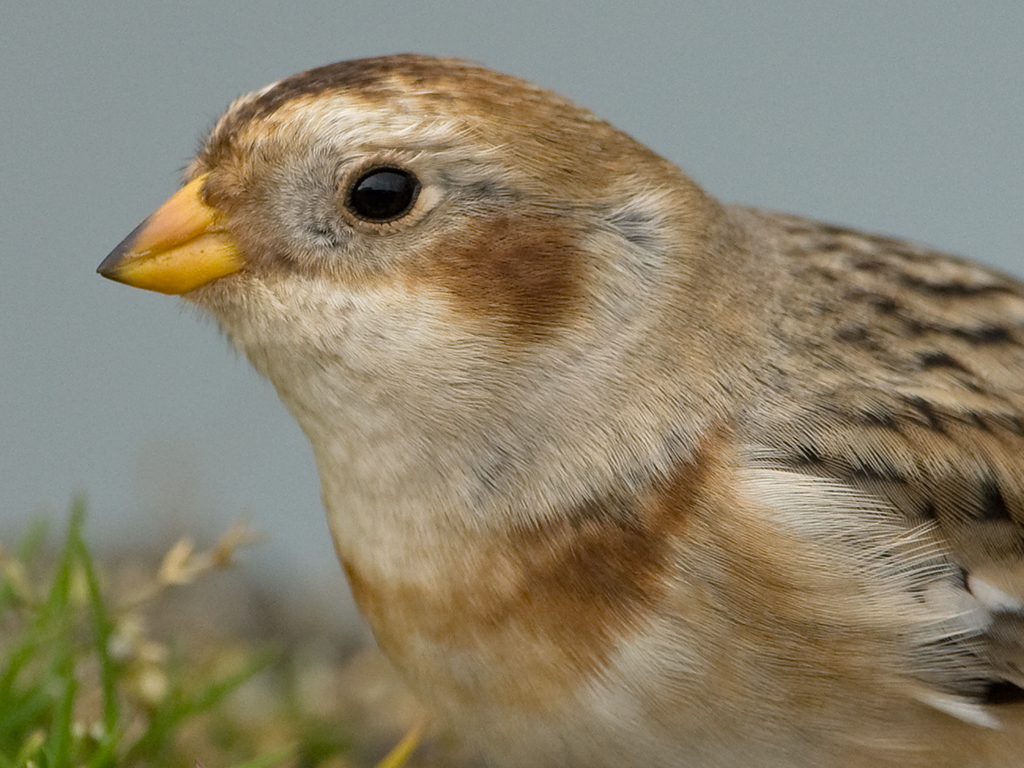I just love winter, in fact it is my favourite time of the year! Along the Yorkshire Coast we are always praying for strong northerly winds to bring down some of the northern birds to our coastline. One of the best places to find some of our winter visitors is Scarborough Harbour which year after year attracts species such as divers, grebes and sea ducks. I have had the privilege to photograph many of these species in the harbour, but my ultimate bird from this list is the Great Northern Diver.
All the birds that we see along the Yorkshire Coast through the winter months are either young or adult birds in winter plumage however they are still stunning birds. You can photograph these birds from the harbour piers, but this angle is just not for me I have to be at eye and water level. To do this it is best to go down the steps or lay flat on the slipways which means getting wet and dirty but this is the price you pay to get some stunning imagery.
Time and patience is the essence to wildlife photography and the latter can test you, but the rewards are great if you persevere. I have watched the feeding habits and patterns of these birds for many years and this year they where feeding differently than previous years. They spent most of their time feeding along the western side of the harbour and very rarely feeding over on the eastern side. Previous years have shown the birds feeding all around the harbour, but this year was different. I feel this is down to the movement of food source and where the prey is more plentiful or easier to catch.
Capturing images of these birds is not all about frame filling shots, as you can see from the above images these birds look great in this environment and can look very small next to the boats in the harbour. They mainly feed on crabs. shrimps and flounders and can stay under water on the chase for quite some time.
Light conditions at Scarborough harbour is always very challenging. The harbour faces south-east so if it is a very sunny day with no cloud cover photography can prove very difficult. I prefer a soft light which then gives you the option to position yourself anywhere around the harbour otherwise you are stuck for position and angles. You can still be creative shooting in to the light and capturing backlit shots. I also like the reflections of colour you see from the boats which can add to the image.
This year we have had the pleasure of two Great Northern Divers in the harbour. One bird favours the harbour more than the other which mainly can be found feeding in the south bay.
For all you wildlife photographers out there I cannot emphasise enough about low angles, not just for photographing the divers as a solid rule for all your subjects. I can get down low it’s just the getting back up I find difficult at my age, but its worth the pain!
So I will finish this blog post by saying if you can make the visit to the Yorkshire Coast and especially Scarborough harbour through the winter months then you will not be disappointed, there is always something to find. So if you see a body laying flat on one of the slipways do not call the coastguard it will be me just trying to capture another image of these stunning winter visitors…










